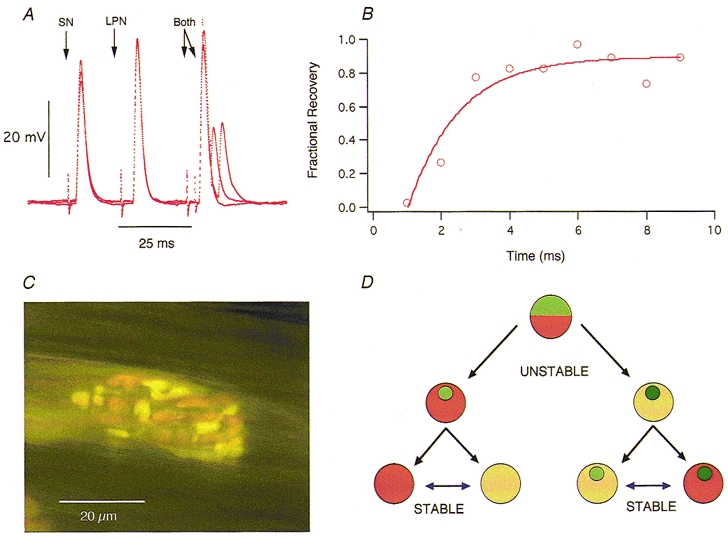Figure 4. Some convergent inputs are mutually occlusive.

A, three superimposed records showing EPPs evoked by SN, LPN and combined (Both) stimulation, with variable intervals between the combined stimuli in two different π-junctions. Stimulation timed to make the two peaks coincide produced no additional increment in EPP amplitude (occlusion). Assuming conventional non-linear summation of endplate conductance (McLachlan & Martin, 1981) the amplitude of the combined response should have been at least 10 mV greater than the response to LPN stimulation alone. By increasing the interval between the two stimuli, the LPN EPP was used as the conditioning input and the SN EPP as the test input. EPP occlusion was still virtually complete even when many of the AChRs were blocked, following addition of α-bungarotoxin (10 μg ml−1) to the bathing medium (not shown). B, time course of recovery from occlusion (○) and best non-linear least-squares single exponential curve fit of the form Vt = V∞(1 - e-t/τ) for the SN EPP shown in A. The recovery time constant was longer than the decay time constant of the conditioning EPPs. C, example of a stable π-junction where the boutons derived from the SN (green/yellow) and LPN (orange) are interdigitated. D, mononeuronal and polyneuronal innervation represented as alternative stable states, in which synaptic boutons belonging to one or more inputs may be co-regulated. Saturation of orange or green colour is used to represent synaptic strengths of two different inputs in terms of overall efficacy (EPP amplitude) and/or quantal content per unit area. The relative areas covered by orange or green, and the relative synaptic efficacies or strengths (colour saturation), may initially change due to synaptic competition and synapse elimination. Data on the effects of chronic use or disuse at mono-innervated junctions, once established, have shown that synaptic strength continues to be labile (see references in text). The present study extends this to show that, with time, stable synaptic boutons supplied by different motoneurones to the same muscle fibre become equivalent. The data further suggest that the synaptic efficacies or strengths may be scaled up or down together, i.e. they may be interconvertible (reversible blue arrows). Mismatches in the strengths of convergent inputs (light green/dark orange or dark green/light orange; upper icons) may represent a transient state characteristic of a critical period leading to synapse elimination at some junctions (left) and mononeuronal innervation as in development, or to stable polyneuronal innervation with equivalent, co-regulated synaptic strengths (light with light, or dark with dark; right) as shown by the present study.
